Doverstorp
About ten kilometres south of Finspång, Östergötland County, lies Doverstorp and there on a promontory at Lake Glan lay between 1944 and 1946 a refugee camp. The first refugees came from Estonia in the autumn of 1944 when they fled the advancing Soviet Red army. The camp quickly expanded and consisted of about hundred barracks and reminded more of a smaller town than a camp. In addition to residential barracks, there were also dining rooms, waterworks, laundry rooms, bathhouses, camp administration and work services. Many of the refugees who came to Doverstorp got employment in nearby towns as Finspång and Norrköping. The standard at the camp was simple and neither water nor electricity was provided. Water was collected from taps scattered over the camp area and the barracks were heated with stoves. The camp was not fenced either. Until the spring of 1945, about 6,000 refugees from Estonia passed through the camp.
In the spring of 1945, the camp became a refugee camp for Polish-speaking women rescued/exempted from German concentration camps, such as Auschwitz and Bergen – Belsen. They came to Sweden thanks to the Red Cross and the white buses. It was the Swedish diplomat, Folke Bernadotte, who through negotiations with SS chief, Heinrich Himmler, managed to get permission to evacuate prisoners from German concentration camps. The first group of refugees to Doverstorp arrived by train to Norrköping on May 6. They were emaciated and in very poor health. To deal with this, emergency hospitals had been set up in two schools. Some of the refugees had infectious diseases such as typhoid and tuberculosis. Many of the refugees, however, could not be saved but died from the ailments they suffered from. Due to the risk of infection, barbed wire fences were set up around the camp to prevent the spread of diseases.
Until the summer of 1945, between 1500 – 2000 Polish women, about one third were Jewish, ended up in Doverstorp. From Doverstorp they were then sent on, some chose to stay in Sweden, others chose to emigrate abroad, including to the United States and Israel. In 1946 the camp was dismantled.
Current status: Demolished (2016).
Location: 58° 38'30 N, 15° 51'18 E
Get there: Car.
Follow up in books: Shepard, Ben: After Daybreak: The Liberation of Belsen, 1945 (2005).

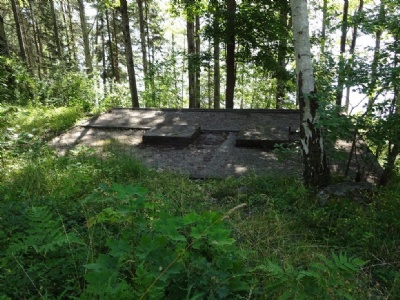
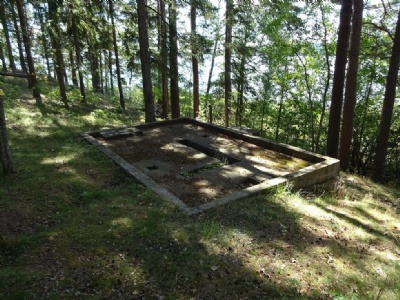
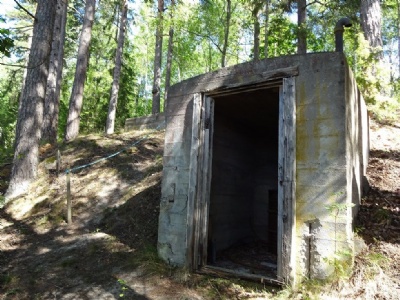
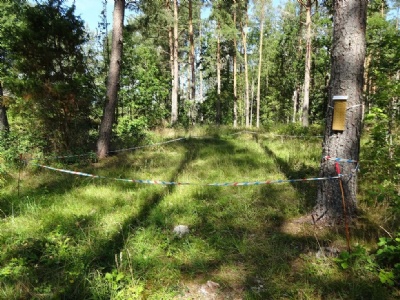


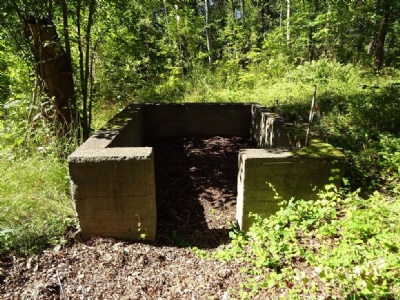
There is not much left of the camp and what is left is inside the forest. All the barracks are gone but the foundations are partly left and can be found everywhere in the forest. Also some tap cranes that were deployed on the camp site are still there. A barrack has been marked with the help of laces to give a visual impression how big a barrack was. The former camp office, the employment office and two dining rooms have also been marked out. But to understand what these laces/markings mean, you have to know its history. However, what is preserved, albeit in the form of ruins, is the former bathhouse och waterworks. The potato cellar is preserved in its entirety. In addition there are some ruins I don’t know what they were. As a whole, the site is worth a visit.
The general knowledge of the camp leaves something to be desired and few seem to know that it even existed. This is a pity because there is a direct link with the more famous concentration camps in Germany and Poland, albeit their aims were of a completely different nature. What would be good would be if an information/orientation board was set up on the site with some overall history and what is left to see. Hardly think more people would visit the place but it would in any case make it a little easier for those who find it.